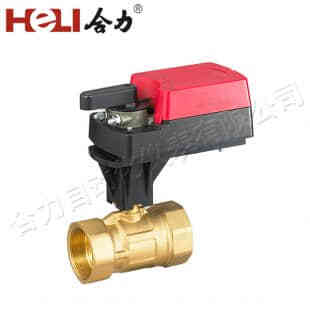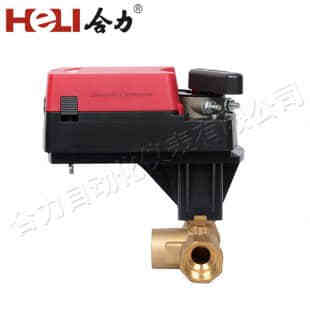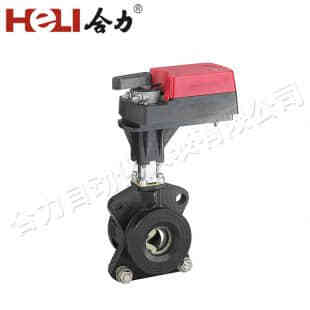Damper actuators are crucial components in heating, ventilation, and air conditioning (HVAC) systems, designed to regulate airflow by controlling dampers. These devices play an essential role in maintaining energy efficiency, ensuring proper airflow, and enhancing the overall performance of HVAC systems. In this article, we will explore the functions, types, applications, and key considerations when selecting damper actuators.

What is a Damper Actuator?

A damper actuator is a mechanical or electrical device that adjusts the position of a damper to control the flow of air in HVAC systems. Dampers are typically located in air ducts, vents, or exhaust systems, and their primary function is to regulate the amount of air passing through a specific section of the system. The damper actuator, working in tandem with sensors and controllers, ensures that the dampers open or close to maintain optimal airflow, pressure, and temperature levels throughout the system. The actuator is connected to the damper via a linkage or shaft and operates based on signals from a control system. It can either open or close the damper fully or adjust it to a specific position, allowing precise control over the airflow. The damper actuator is often used in conjunction with thermostats, energy management systems, and other control devices to provide seamless, automated operation.

Leave a Reply